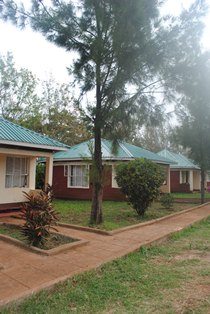I don’t need to reiterate how packed my schedule has been since the last time I posted (…I can’t remember when that was). So I think I’ll just jump right into a few of the things I have been doing!
Cordoba
Cordoba feels like a lifetime ago! CIEE Seville (my program) only went for the day, but we saw a good amount in the few hours that we were there. It was chilly and a little rainy the morning that we left, but by the time we reached Cordoba (about 1 1/2 hours by bus), the sun was starting to peek out and the day seemed like it was starting to turn out. We took tours of both the cathedral and the Alcazar (“castle”) in Cordoba. I haven’t encountered a cathedral or castle in Spain that hasn’t left me reeling in awe of the architecture. I can’t believe that many of these buildings, which have been around for hundreds and hundreds of years, are still standing today and still hold the same charm they likely once did. Walking through the mosque section of Cordoba, I couldn’t help but imagine Muslims from hundreds of years ago kneeling on the same floor where I was standing in 2015.
One of our favorite things to do in the Alcazars across Spain (and pretty much any historical site) is to see how high we can climb and where the best view is located. Cordoba was no exception!
By this point, the day had cleared up and warmed up, and we enjoyed a walking tour of the city, followed by some tapas for lunch. Like I said, it was a fairly short trip, but it was nice to walk through the narrow city streets and compare it to Sevilla. Here are a few more shots of the city:
Granada
This past weekend we traveled West to the Islam-influenced city of Granada. After some initial difficulty finding our Air BnB (a great resource for those of you planning on studying abroad at some point!), we settled in and got our weekend started. First off was a somewhat-accidental journey to the top of a mountain in Granada, to the region known as Sacromonte and Albaicin. The mountain is filled with not only some gorgeous views of the famous Alhambra, but also of the city of Granada itself. As night was approaching and some rain clouds began to move in, we headed down the mountain to find some souvenirs and tapas. The next day, we visited the Alhambra, and though it was a little bit rainy, our specific tour was permitted into some areas of the gardens where we wouldn’t have otherwise been able to go. Awesome, right?
I PROMISE some pictures of Granada (and a more thorough explanation) in my next post. I have to get up early tomorrow morning (ie, leave my apartment at 7:00AM) to go to a new continent: that’s right, I will be heading to Morocco for the weekend!
I am a little nervous about this trip since Morocco is, from what I can gather, very different from the European and even Western cultural atmosphere I am so used to. But I am also excited and I hear so many great things about it. Wish me safety, luck, and enjoyment!
Location: Cordoba, Spain



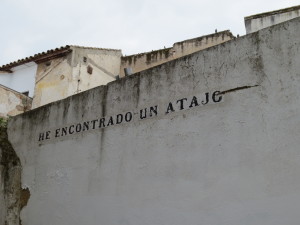
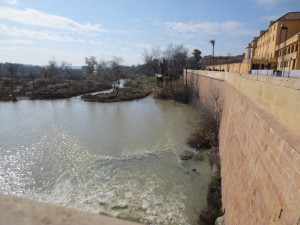
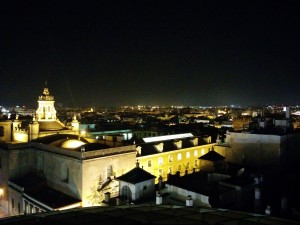

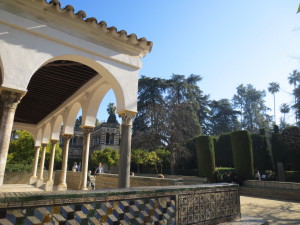
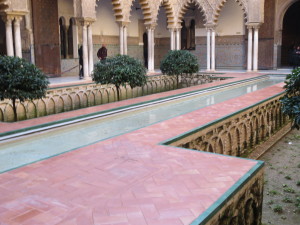













-thumb-500x334-261813.jpg)





